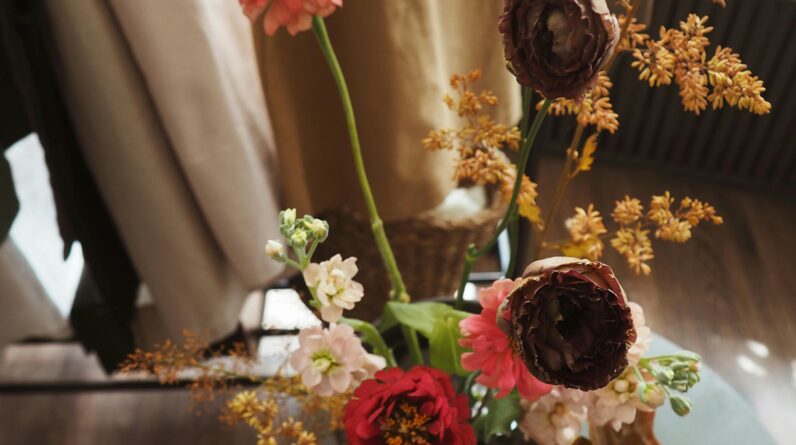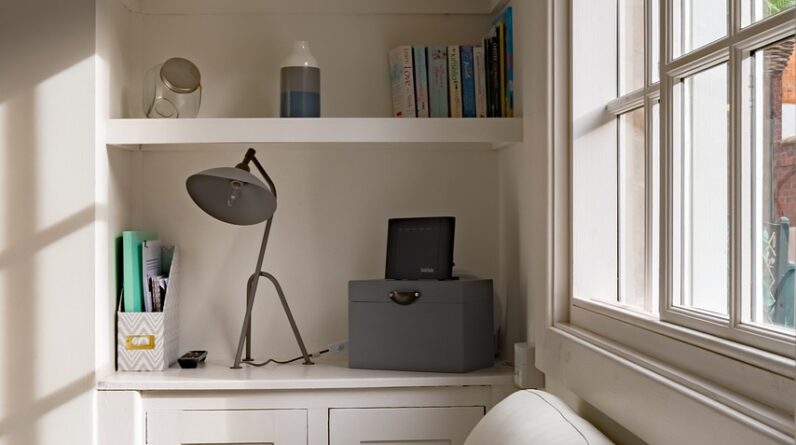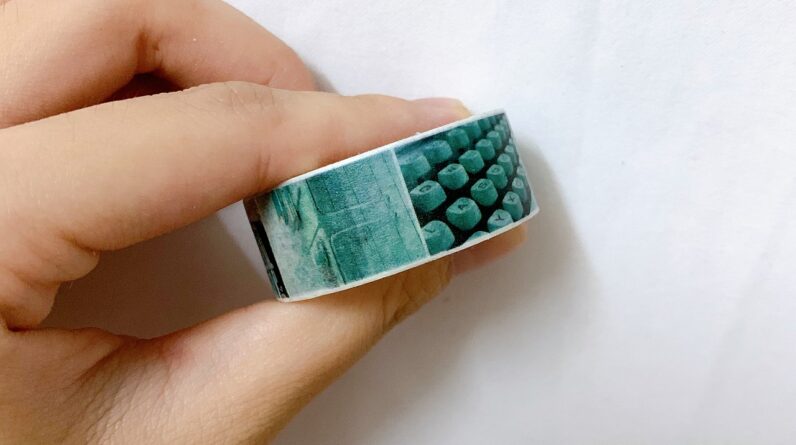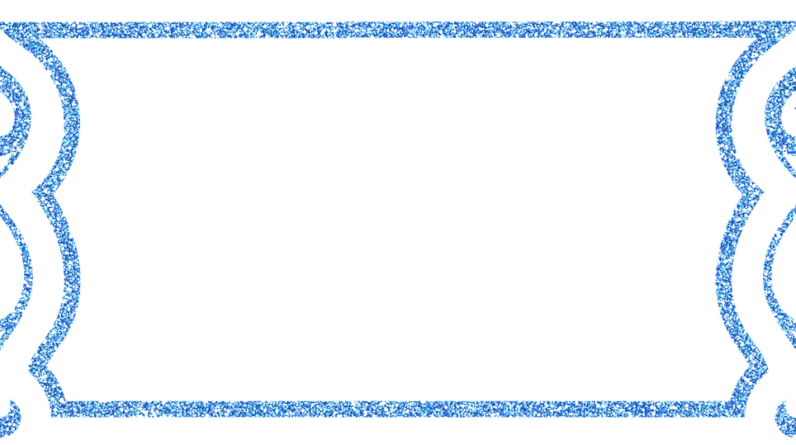
This is a review of the T-rex build that I purchased from metal3dpuzzles Store, a fantastic business. The quality of the merchandise you get in the box is the first thing I noticed about this when I initially acquired it to build the T-rex. The metal is substantial steel, not a cheap, flimsy kind that would make a construction like this last for a very long period. I’ll discuss my experiences building this project and provide you with some building advice to help you avoid the problems I encountered when building your own project. Additionally, you should have a bar of soap or some wax on hand, along with a pair of tweezers. Later, this will be helpful.
Time 1.5–2 hours, Build Difficulty: 2 of 5,
Initial Steps
When I begin a project like this, I like to first review my resources and make an outline of what it will entail and what to anticipate. As soon as I opened the package, it was clear that this build was unique from others I’ve completed in the past. Even the logo was a foil overlay on the box, which was of excellent quality. Before I even opened the box, I was impressed.
The better it gets once the box is opened.
I therefore opened the box in an effort to acquire a better understanding of what I am dealing with and discovered the well-known bags of screws and nuts that I had previously used numerous times. The arrangement of the parts and the attractive plastic covers that are also included in the package are the main differences.
I simply think, “Yeah, this will look awesome.” The use of several metal colours that complement one another is such a creative idea, and I believe it will enhance the aesthetic appeal of the structure. I next begin to examine the cardboard pieces with the metal cutouts. It’s crucial to keep in mind that you must leave the parts in their current location until you require them. Second, each piece has two components, not just one, if you can see the letters and numbers next to them.
You can already tell from the photographs that the metal components are thicker and that this build will be substantial and tough. There will be a few challenging sections in this build, but I’ll do my best to assist you out by explaining how to get around some of them.
The head portion of the build is the first component, and figuring out this component is not too difficult. Just be aware that most packs containing screws and spacers will have varied sizes when you are hunting for the component. It will save you time and prevent you from attaching the incorrect piece to the build if you check the size or spacer before attempting to attach it.
I am already looking forward to seeing how this will turn out after we are finished with the lower jaw of the skull. I estimate that it is currently 1.5 inches thick and has a noticeable weight. With the red plastic overlay covering the head, it looks pretty awesome. The body component will slip into the opening in the lower head component before being fastened in place with a bolt.
The tail section is the next component that needs to be put together. This section may be a little challenging. The smaller metal piece that slides into them to secure them in place on each side holds the scale pieces that are on the side together. I’ve discovered that the second side will go in more easily if you put one side on first and make sure everything is straight and in place. In order to see from one side to the other, you will need to make sure that the holes on the tail’s end are lined up. This will assist in ensuring that they are in alignment and prepared to attach to the body later.
I wanted to demonstrate some of the build’s complexity. As I work on the leg section in this instance, I find it simpler to arrange the pieces so that I know where they are and don’t have to have to pull them out of bags as I try to assemble the part. I believe it will be simpler for you if everything is spelled out.
The first leg component is produced here. You will need to insert spacers between several of the metal components in this part. In this situation, soap or wax can be used. Place the spacer on the area where it is supposed to go after rubbing the spacer’s end on the wax or soap. This will prevent the piece from slipping off or falling as you try to create it. Another aspect of this that can be perplexing is to watch the arrows to see if they are going through or around any holes in the parts. To make sure the build was configured properly, I had to perform several dry runs.
Remember, if you want to be sure you are building it correctly, you can try a dry construction without spacers.
Things start to become a little hazy at this point. When you reach this stage of the assembly, you must ensure that the gold extended nuts you attach are installed correctly and that you have the right ones. One of these gold nuts is longer than the others on this phase of the construction, therefore you must place it in the proper spot.
I wanted to demonstrate how it seemed with the red back piece in place at this point. I needed confirmation on how to attach this piece, but I was able to figure out what to do. So, after aligning it along the spine, slide the plastic piece over the nuts holding the components together. You will then add the larger exterior body elements to it after that portion is finished. It won’t attach if you try to attach the plastic component first and then the body parts; this will be frustrating.
This view, taken after the second metal section has been attached, demonstrates how the plastic back portion should appear when correctly attached. It does require some finagling to get it on and properly oriented, but it is doable to get this part on.
Now it will become increasingly difficult. This is the final stage of construction, and it can be very challenging. Before I discovered a couple strategies to make things a little simpler, I dropped the spacers and had the model disassemble around four times. The spacers should first be held in place using soap or wax. In addition to attempting to put the model together, you will have to keep track of roughly 4 or 5 separate ones. The best way to assemble it is to lay it flat, insert the spacers with the tweezers where they belong, and then lightly tighten the screws to hold the body together. After finishing this, simply check to make sure everything is secure before leaving.







